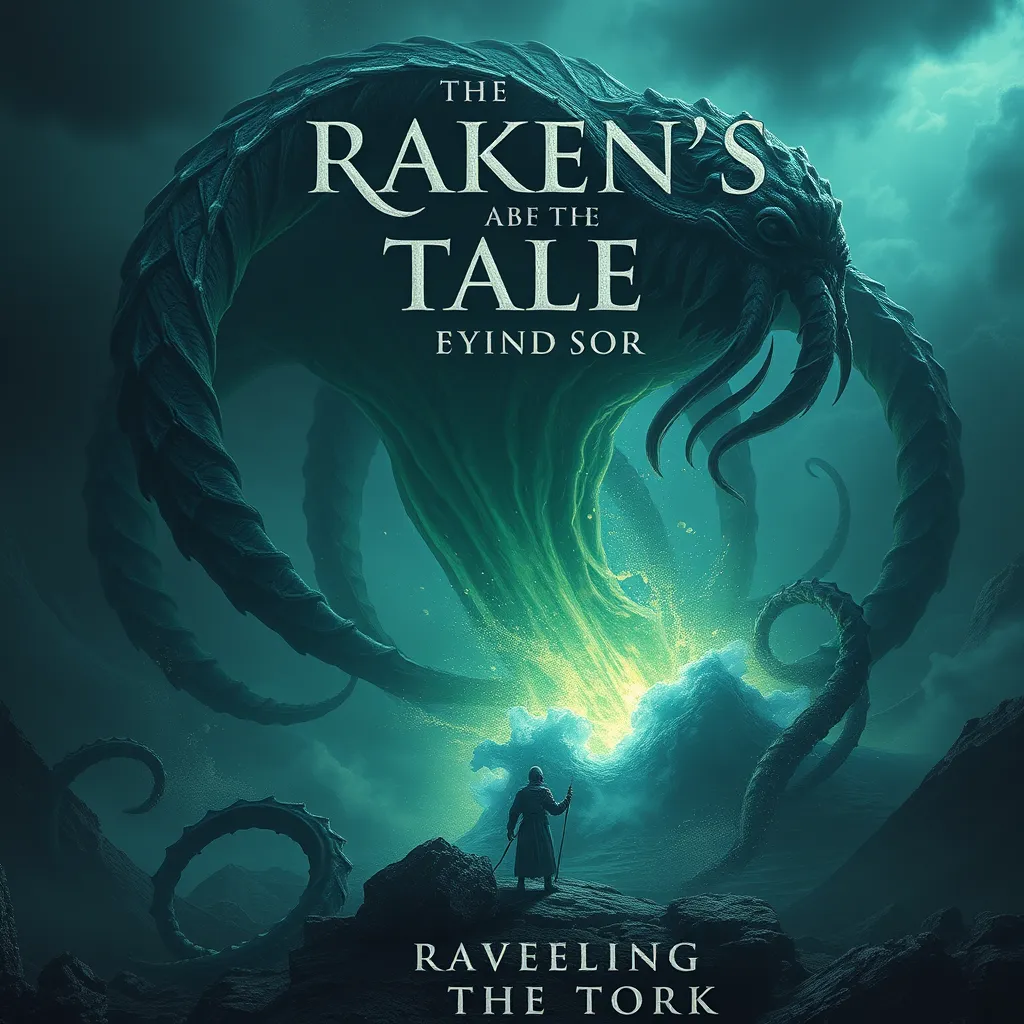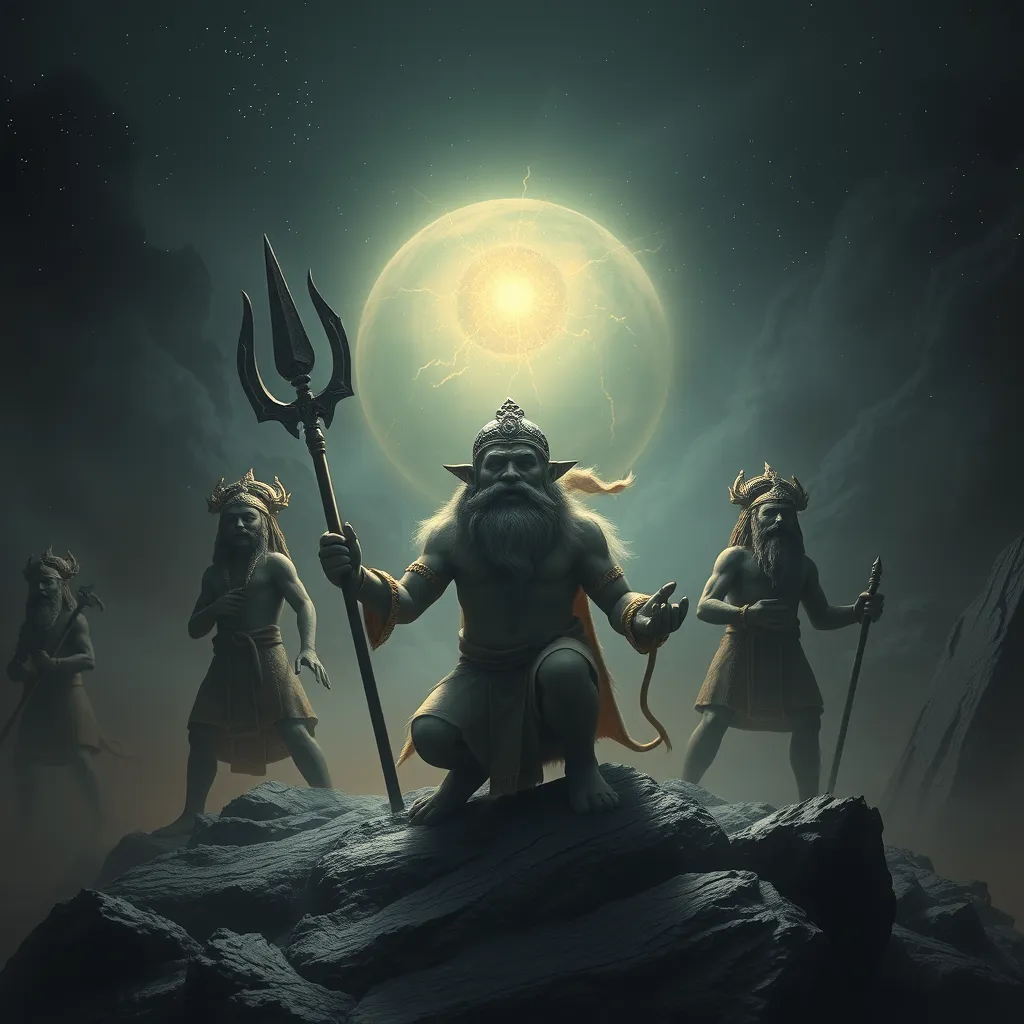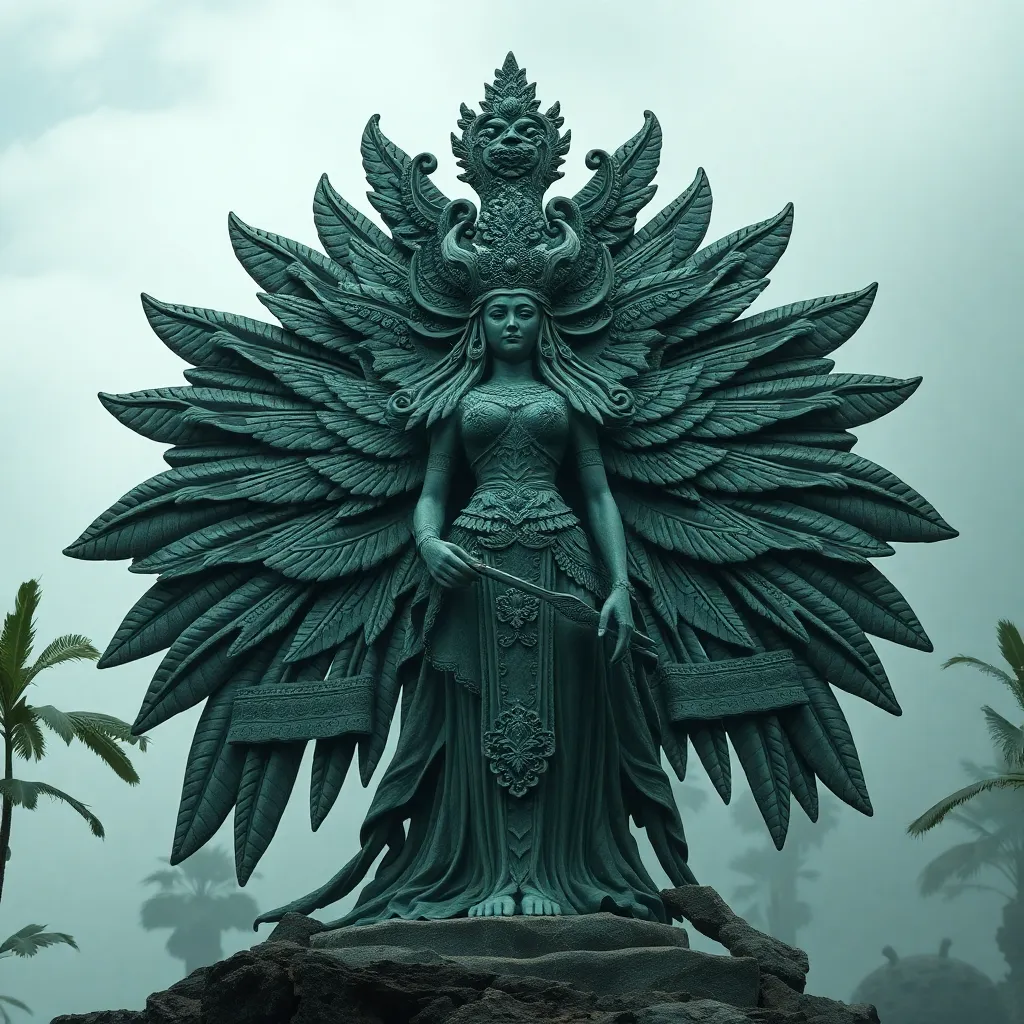The Kraken’s Tale: Unraveling the Truth Behind the Legend
I. Introduction
The legend of the Kraken, a colossal sea monster said to dwell off the coasts of Norway and Greenland, has fascinated people for centuries. This mythical creature, often depicted as a giant octopus or squid, has become a symbol of the unknown depths of the ocean. As we delve into the origins and implications of the Kraken myth, we uncover the reasons why exploring myths is essential to understanding human culture and history.
The importance of exploring myths lies in their ability to reflect societal fears, values, and curiosities. The Kraken, as a representation of the ocean’s mysteries, invites us to consider how stories shape our perceptions of the natural world. This article aims to separate fact from fiction, providing a comprehensive overview of the Kraken’s origins, cultural significance, and lasting legacy.
II. Historical Origins of the Kraken
The Kraken’s story can be traced back to early literature and folklore, predominantly in Scandinavian culture.
A. Early mentions in literature and folklore
Various texts highlight the early mentions of the Kraken:
- Scandinavian sagas and sea tales: The Kraken is often referenced in the sagas of the Norse, where sailors spoke of a great beast that dragged ships into the depths. One of the earliest documented references appears in Francesco Negri’s writings from the 17th century.
- The role of sailors’ stories in shaping the myth: Many of the tales about the Kraken were likely embellished accounts from sailors who encountered real dangers at sea, including giant squids and treacherous waters.
B. Cultural significance in Norse mythology
In Norse mythology, sea monsters like the Kraken symbolize chaos and the untamed nature of the ocean. The fear of the Kraken may have served as a cautionary tale for sailors, reinforcing the idea that the sea is a realm of both beauty and peril.
III. The Kraken in Popular Culture
The Kraken has transcended its mythological origins to become a staple in modern popular culture.
A. The portrayal of the Kraken in literature and film
Several iconic works have featured the Kraken:
- “20,000 Leagues Under the Sea”: Jules Verne’s classic novel showcases the Kraken as a formidable sea creature, influencing how it is perceived in literature.
- Modern adaptations: Films such as “Pirates of the Caribbean: Dead Man’s Chest” reintroduced the Kraken to a new audience, solidifying its place in contemporary culture.
B. Merchandise and media representations
The Kraken has inspired a range of merchandise, from toys and clothing to alcoholic beverages. Its image often evokes a sense of mystery and adventure, appealing to those who are drawn to the ocean’s depths.
IV. The Science Behind the Legend
Scientific inquiry into the Kraken’s existence has led to intriguing possibilities regarding real-life inspirations for the myth.
A. Possible real-life inspirations for the Kraken
Two primary creatures may have influenced the Kraken legend:
- Giant squids: These elusive creatures can grow up to 43 feet long and inhabit deep ocean waters, leading to occasional sightings that could have sparked tales of a monstrous sea beast.
- Other marine creatures: Creatures like the oarfish or even large jellyfish may have contributed to the fearsome image of the Kraken.
B. Examination of oceanic phenomena
Some phenomena, such as whirlpools and bioluminescence, could also explain certain “sightings” of the Kraken. The interplay of light and water can create eerie visuals, leading to tales of monstrous creatures lurking beneath the surface.
V. The Kraken and Maritime History
The Kraken has significantly influenced maritime history and culture, particularly among sailors.
A. The Kraken’s impact on maritime navigation and culture
Many sailors attributed their misfortunes to the Kraken, leading to a cultural belief in the creature’s existence. This belief often served as a means to explain the unexplained.
B. Sailors’ superstitions and the role of fear in the legend
Superstitions about the Kraken often stemmed from fear of the unknown. Sailors developed rituals to appease the monster, believing that doing so might protect them from its wrath.
C. Accounts of encounters and their implications for maritime lore
Various accounts of encounters with the Kraken have fed into maritime lore, with sailors claiming to have seen the beast rise from the depths. Such stories added to the mystique surrounding both the creature and the ocean itself.
VI. Debunking the Myth: Fact vs. Fiction
Despite the allure of the Kraken myth, many misconceptions surround its existence.
A. Analysis of common misconceptions about the Kraken
Many people envision the Kraken as a giant octopus or squid capable of sinking ships. However, the reality is far less dramatic.
B. Scientific evidence against the existence of such a creature
Current marine biology indicates that while large sea creatures exist, none match the fantastical descriptions of the Kraken. Evidence from oceanic exploration has not revealed any such creature lurking in the depths.
C. The ongoing fascination with sea monsters and myths
Despite the lack of evidence, the fascination with sea monsters persists. The mystery of the ocean and the possibility of undiscovered species keep the legend of the Kraken alive in popular imagination.
VII. The Legacy of the Kraken Today
The Kraken continues to hold a significant place in modern culture and symbolism.
A. The Kraken in modern symbolism and branding
From the Kraken Rum brand to various gaming references, the creature symbolizes adventure, mystery, and the allure of the sea.
B. Ongoing interest in marine exploration and conservation
The legend of the Kraken also highlights the need for marine exploration and conservation. As we seek to understand our oceans better, the myth serves as a reminder of the wonders that may still lie beneath the waves.
C. How the legend continues to inspire artists and storytellers
The Kraken remains a source of inspiration for artists, writers, and filmmakers. Its mythos allows for creative expression that captures the imagination and invokes the mysteries of the ocean.
VIII. Conclusion
In exploring the legend of the Kraken, we uncover a rich tapestry of history, culture, and science. The Kraken’s tale reflects humanity’s enduring fascination with the unknown and our quest to understand the world around us.
Myths like the Kraken serve as both cautionary tales and sources of inspiration, reminding us of the power of storytelling in shaping our understanding of the natural world. As we continue to explore maritime legends and the mysteries of the ocean, we are encouraged to maintain a sense of curiosity and wonder about the unexplored realms of our planet.




